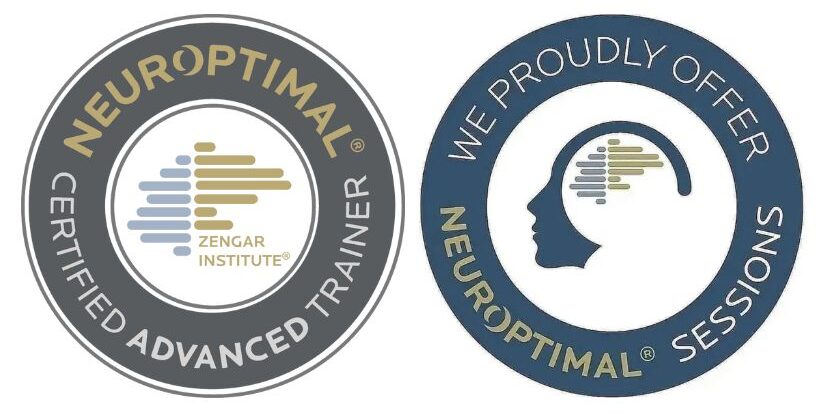Background
This success story follows a woman in her late sixties recovering from an acquired brain injury. Since the injury, daily functioning had become noticeably harder including memory lapses, mental fatigue, and frustration. Wanting to find something supportive but non-invasive, her husband came across Neurofeedback and thought it might offer a practical solution. They chose an at-home neurofeedback system so that she could train regularly in the comfort of their own space.
Her Journey and Results
The couple integrated the system into their routine over several weeks. It proved to be a simple and manageable tool that she could either apply it herself or have her husband help, and it didn’t disrupt their daily life.
She began noticing improvements in memory including names, details, and daily tasks became easier to recall.
One of the most meaningful shifts was a reduction in frustration. As her brain function improved, so did her mood and patience.
She found herself more at ease, with less emotional agitation triggered by cognitive slips.
The ease of use made it simple to keep going, which allowed progress to build slowly and steadily.
Whole Household Impact
While the shifts were gentle, the household as a whole began to feel more settled. There were more “good days” than “bad,” and daily life became a little smoother to navigate. For her husband, it was a relief to see her gaining back some confidence and calm, and for her, it meant a better quality of life with more moments of clarity and ease.
Conclusion
This story highlights the benefits of Neurofeedback for brain injury recovery, especially in older adults. Through consistent use of an at-home system, this woman experienced improvements in memory, mood, and emotional regulation. It didn’t just support her cognitive recovery, it also helped ease the daily rhythm of life for her and her husband, bringing more calm, balance, and hope into their home.


